Poland
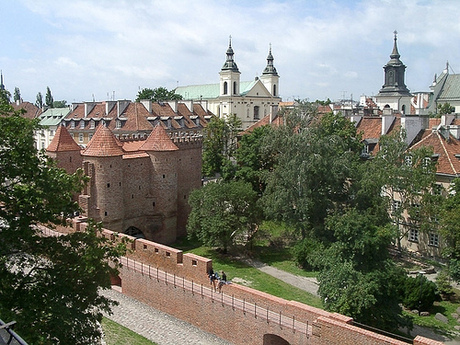
Old Town of Warsaw is ringed by sections of old defensive city walls. It is pretty big portion as for the European capital. Construction of the walls began in the first half of the 14th century. Works were continued until the mid-16th century.
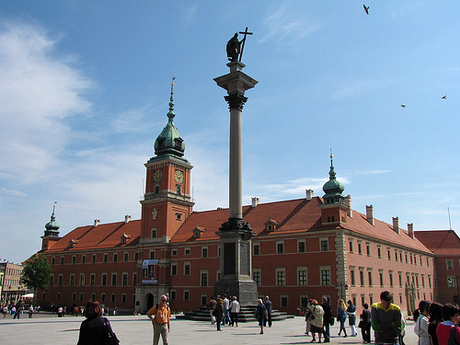
One of the most significant and famous of all Warsaw's landmarks, Sigismund's Column was erected in the middle of the 17th century and presides over Castle Square, in the Stare Miasto district. Standing at the top of the column is a bronze statue commemorating King Zygmunt III Waza, some 20 metres / 66 feet above the ground.
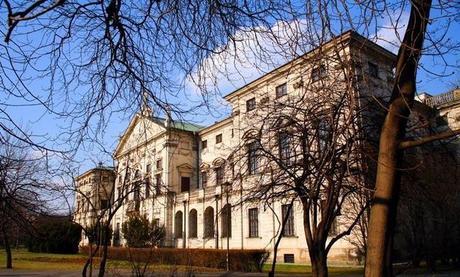
Located in the New Town area of Warsaw and built at the very end of the 17th century, Krasinski Palace is famed for its ornate Baroque architecture. Inside is equally impressive and although the palace was bombed during the Second World War, it was completely renovated soon after. Today, Krasinski Palace houses a large collection of art works owned by the National Library.
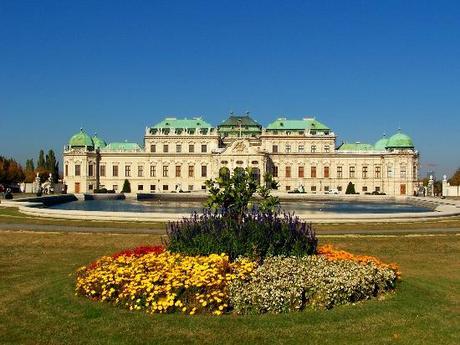
Belweder - a small palace built at the end of the XVII century, rebuilt for the Russian Prince Konstanty governing what was left of Poland at the time, in 1818 by an architect Jakub Kubicki. Classicist palace like a Palladio´s villa, with an old and beautiful park below. Since 1918 residence of the President of Poland. Closed to the public, but you may see the palace from the outside, as well as visit the park and see the reflection of Belweder in the lake behind it.
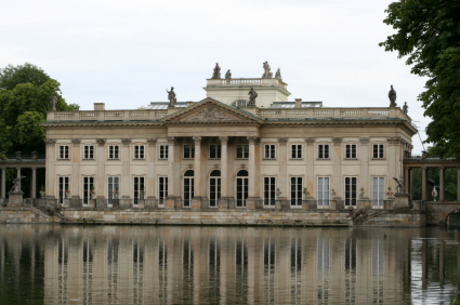
The Palace on the Water is a must for both art-lovers and history buffs. Originally a bathhouse for powerful aristocrat Stanislas Lubormirski, it was completely remodelled by Poland's Last King, Stanislas August Poniatowski (r.1764-95) who made it his Summer Residence. The palace is surrounded by some delightful parks, which are dotted here and there with follies and curios.
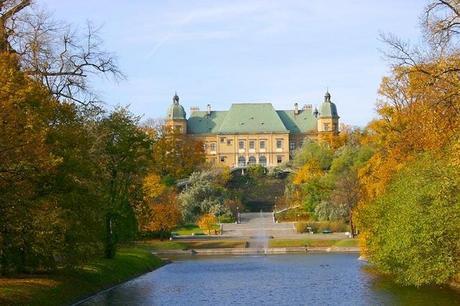
Castle of Ujazdów; built at the beginning of the XVII century in early baroque style for the King Sigmund III Vasa and his son Władysław IV, burnt by the Swedish invaders in 1655 never returned to its former glory. Burnt inside by the Germans during the WWII. The outside walls still standing after the war, were demolished by the Communist government in 1953, to give place for never built Polish People’s Army Culture Centre. Structure reconstructed at the end of the XX century. Now a Centre for Contemporary Art.
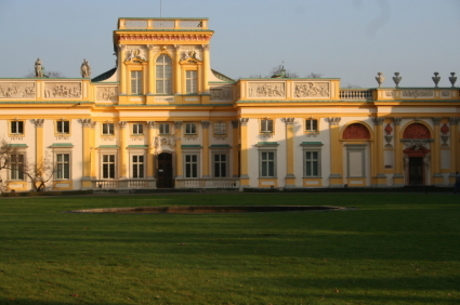
Wilanów takes its name from words in Italian ´villa nuova´. A beautiful palace with the park and water canals near Warsaw, built like a miniature of Versailles. Wilanów Palace is now a museum. Interesting Poster Museum is located in the old stables of the Wilanów Palace. Its highlights include the two-storey Grand Entrance Hall, the Grand Dining Room, and the Gallery of Polish Portraits, featuring a collection of paintings from the 16th to 19th centuries.
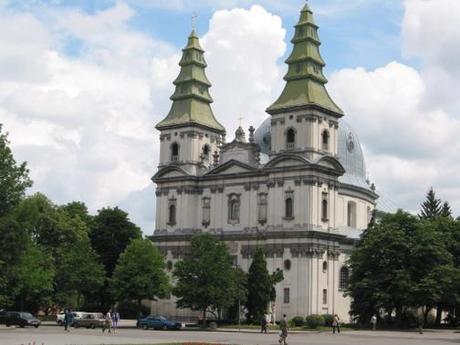
Ostrogski Palace is a mansion in the city center of Warsaw, on ulica Tamka. Begun by the powerful Ostrogski family who gave their name to the building, it currently houses the Fryderyk Chopin Society and Fryderyk Chopin Museum.
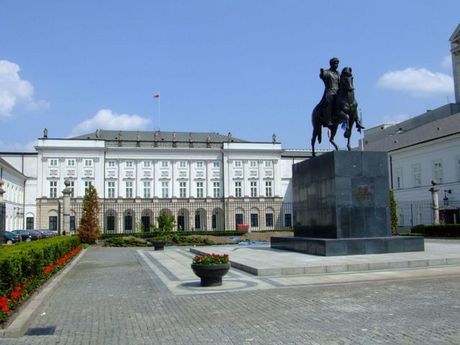
The Presidential Palace is the elegant classicist latest version of a building that has stood on the Krakowskie Przedmieście site since 1643. Over the years, it has been rebuilt and remodeled many times. For its first 175 years, the palace was the private property of several aristocratic families. In 1791 it hosted the authors and advocates of the Constitution of May 3, 1791, of the Polish–Lithuanian Commonwealth, which historian Norman Davies calls "the first constitution of its kind in Europe".
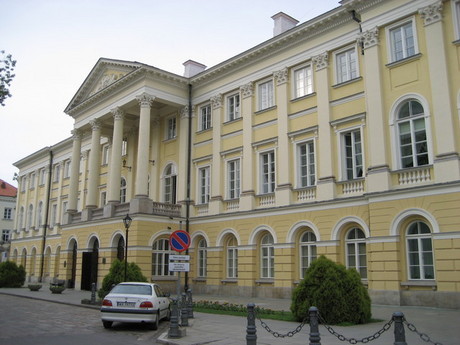
The Kazimierz Palace (Polish: Pałac Kazimierzowski) is a building in Warsaw, Poland, adjacent to the Royal Route, at Krakowskie Przedmieście 26/28. Originally built in 1637-41, it was rebuilt in 1660 for King John II Casimir (Polish: Jan II Kazimierz Waza, from whom it takes its name) and again in 1765-68, by Domenico Merlini, for the Corps of Cadets established by King Stanisław August Poniatowski.
 1 2 34 5 6 7 8 9 10
1 2 34 5 6 7 8 9 10 
